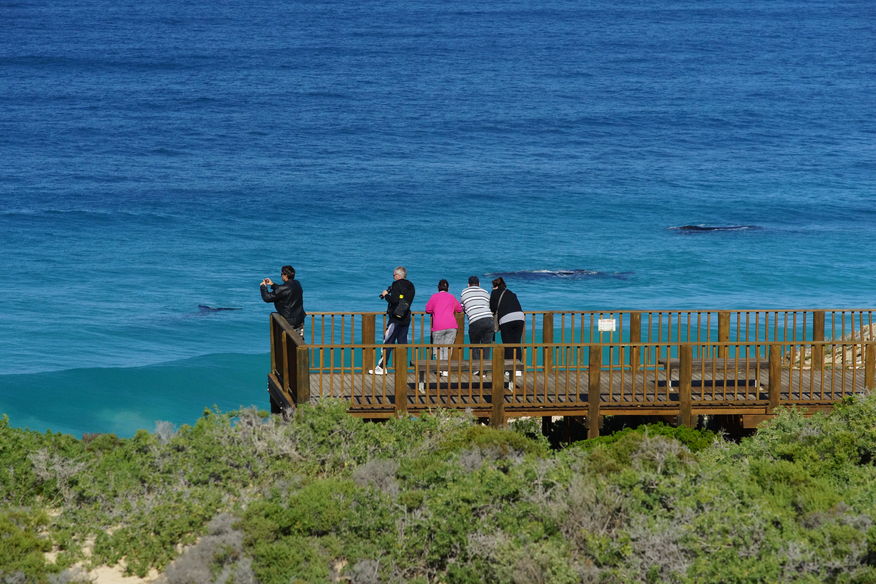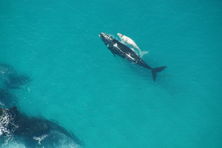
Shoppers Feedback:
Jan 17, 2017
Hello Ros,
I have now paid the invoice, but I would like to write to you just to say a big THANK YOU for getting me the Penguin!
The ChatterMate Penguin became a nice memory for me when I was in New Zealand, and I am so greatful to you for arranging so that I could have it! :-)
Thank you so much!!!!!!!!!!!
Regards,
Malin
Hi Ros,
Many thanks for your very kind email. I really appreciate your prompt reply!
I appreciate your advice regarding the decorations and customs. These are a gift for my daughter’s exchange student family so when she returns home on the weekend I will show her and see if she loves them as much as I do!
Thanks so very much again - I am truly grateful for your kind assistance.
Kind Regards
Bernadette
Ros,
Thanks again for the great customer service. It's a refreshing change!
Best regards,
Trevor
Hey Roz,
Thank you for your emails. Just loved my first order. The cute little Aussie bush critters are going to be used for an office Christmas decoration. My colleagues also liked them and talked about making an order to your site. I'll send you a photo when completed.
I'll be ordering more to send to my daughter's host family in America.
Fabulous service from you.
Kind regards,
Michelle
Thankyou. Order arrived today. One very happy grandson with his new beastly binoculars.
Regards,
Irene
- Home
- Wild Wonders
- Shop
- Aromas of Australia
- Australian Made
- Books
- Book Marks
- Christmas Decoration Sale
- Christmas Decorations
- Clocks
- Drink Holders
- Garden & Outdoor
- Gift Wrapping & Cards
- Home & Giftware
- Jewellery
- Keyrings
- New Products
- Pencils & Pen Holders
- Photo Frames
- Plush Toys
- Plush with Sound
- Sheepskin Rugs
- Stationery
- Stone Carvings
- Toys & Games
- Travel Goods
- Wedding
- Wild Figurines
- Wildlife Safety Products
- Wind Chimes
- Wine Charms
- View All Products
- Wildlife
- Australiana
- Explore
- Contact Us
Head of Bight - South Australia
Contact
| Hours: | Whale Season - 1 June to 30 October - 8am to 5pm - 7 days Off Season - 8.30am to 4pm - 7 days |
| Phone: | 08 8625 6201 |
| Contact Name: | Terry and Claire - Managers |
| Address: | Eyre Highway, Nullarbor SA 5690 |
| whalewatching@headofbight.com.au | |
| headofbight.com.au | |
Head of Bight is recognised as a calving ground and nursery of international significance for the species.
The Southern Right Whales come to Head of Bight to give birth in the protected bay each year between Mid May to late October.
Females feed and nurture their young in the shallows where they can best protect their young from predators such as their Killer Whale cousins or the Great White Shark.
Head of Bight Whale Facts
- Between May and October approximately 100 whales appear at Head of Bight
- Whales at Head of Bight take up 'residence' for the entire 5 month winter period
- 2% of Southern Right Whales born at Head of Bight are white and turn grey instead of the usual black
- You are guaranteed to see a whale from June to August
- As at 3 September 2012 there were 119 whales at Head of Bight - 55 of them calves
- Of those 55 calves four of them were white
- 1000 whales have been recorded in the Head of Bight region
- Some whales have been observed returning to Head of Bight since 1991
What are the whales doing at the Head of Bight?
Southern Right Whales visit the Head of Bight each year to give birth, mate and socialise. They arrive in May and depart around October. They spend the rest of the time travelling to or feeding well offshore in the Southern Ocean.
In June and July most of the whales you will see are adults. You may be lucky enough to observe these 70 tonne mammals mating (look for groups rolling around on the surface).
By late August you can commonly see the mothers swimming along the cliffs with their young calves at their side.
At this time there are often 70 or more whales in the area visible from the platform. By the time the whales leave in October the calves have grown and have become strong enough to join their mothers on the long migration south.
BUSH e-TELEGRAPH
Signup for our monthly newsletter the "e-Telegraph"
Quick Links
Home | The Beginning | About The Land Down Under | Wild Wonders | Advertise on Wild Wonders | Christmas Decoration Sale | Christmas Tree Decorations | Drink Holders | Plush with Sound | Stone Carvings | Wildlife Wine Charms | Freebies | Australian Wildlife | Help Our Wildlife | Australiana | Photo of the Month | Explore The Land Down Under | Contact Us | Legal Notices



